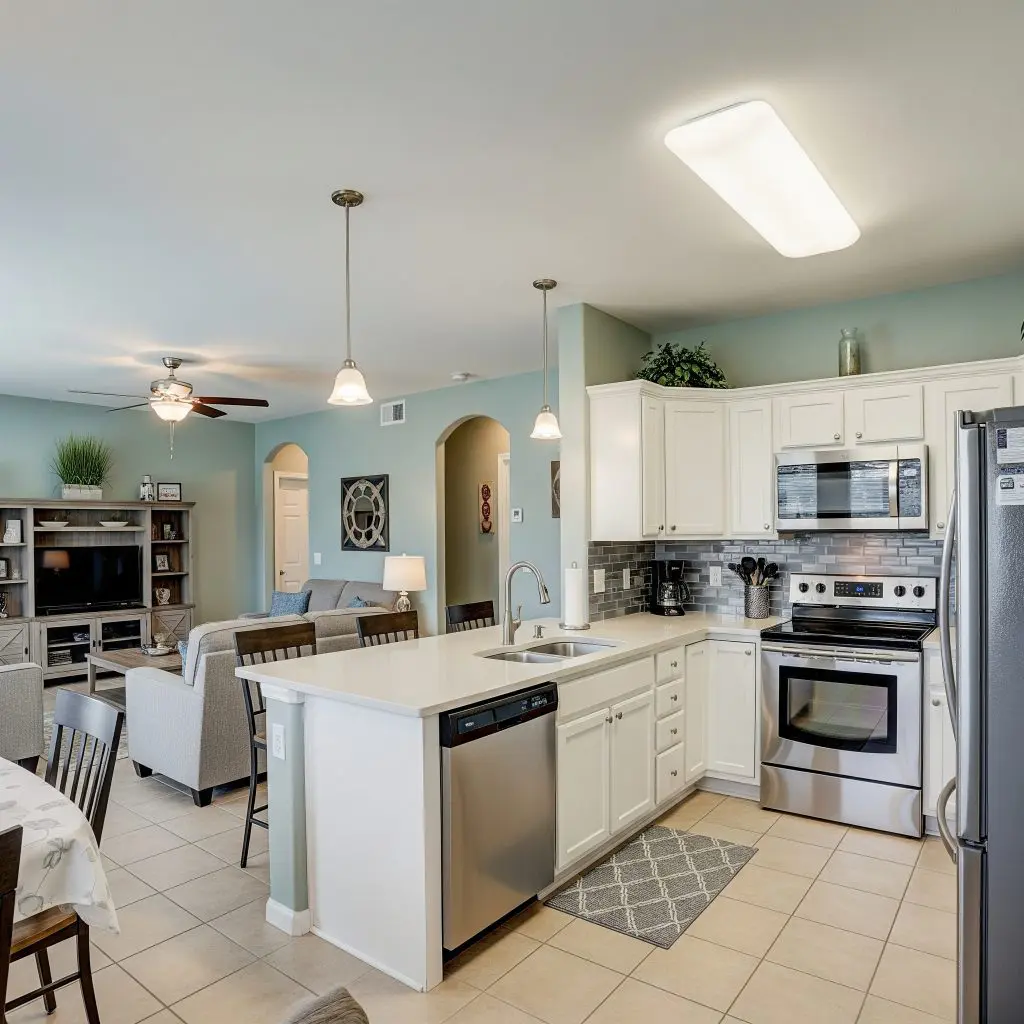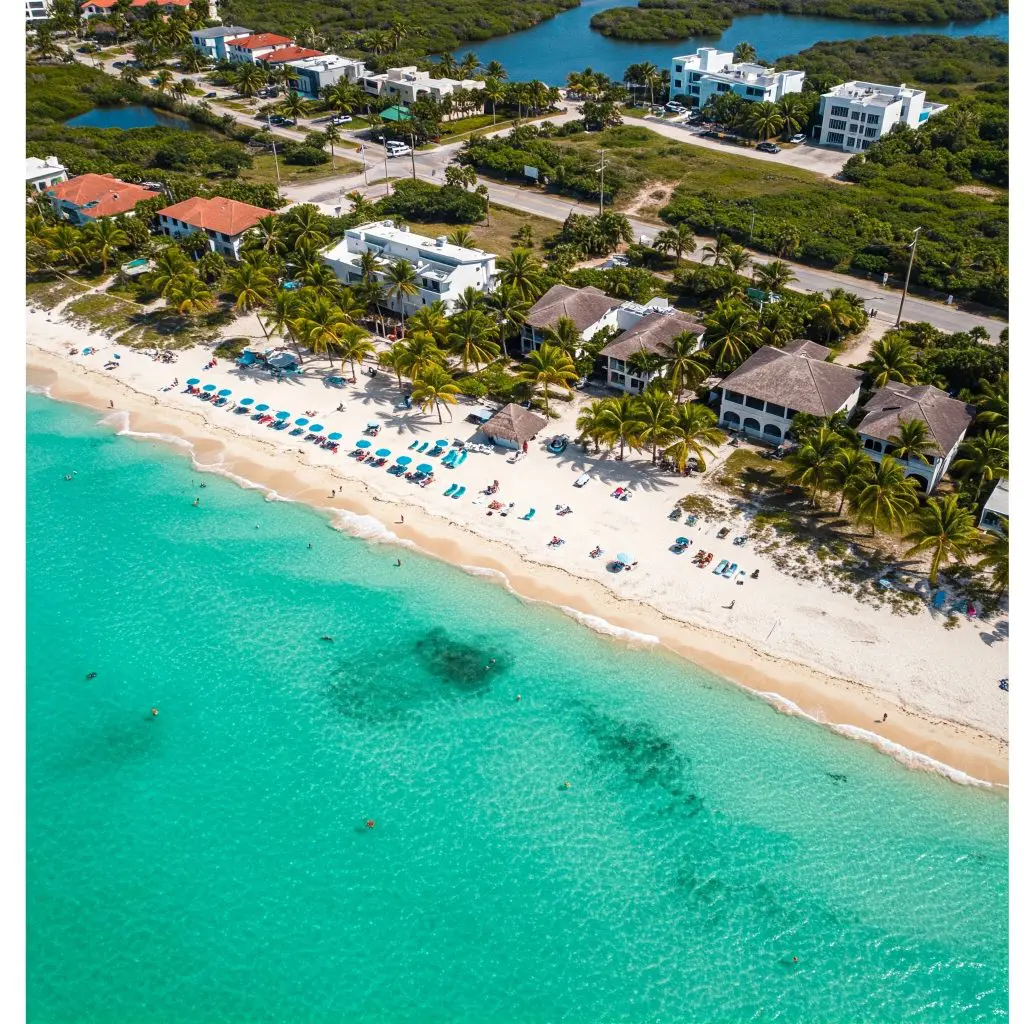2025 Hawaii Inflation Budgeting & Real Estate Investment Guide
Inflation and real estate investments are at the center of financial strategy decisions in 2025, especially in unique markets like Hawaii. The Aloha State’s economy, beautiful island geography, and tight real estate supply create a dynamic and sometimes volatile investment environment — one that requires careful, informed planning. This comprehensive guide delivers actionable insights for individuals, families, and investors navigating high inflation periods in Hawaii, with an emphasis on urban rental properties.
- 2025 Hawaii Inflation Budgeting & Real Estate Investment Guide
- Hawaii’s Economic Indicators & 2025 Inflation Trends
- Budgeting for Inflation: Hawaii-Specific Considerations
- The Hawaii Real Estate Investment Landscape in 2025
- Population Growth & Economic Drivers
- Property Taxes, Regulation, and Investment Incentives
- Local Real Estate Market Trends (2025)
- State Economic Forecast & Investment Outlook (2025 and Beyond)
- Urban Rental Investment: Neighborhoods & Practical Examples
- Budgeting Example: Honolulu Urban Rental Property
- Success Story: Urban Rental Resilience in Waikiki
- Inflation Hedging with Hawaii Urban Rentals
- Local Regulatory Trends & Incentives
- Hawaii’s Infrastructure & Future Growth
- Key Takeaways for Hawaii Investors (2025)
- Conclusion
Hawaii’s Economic Indicators & 2025 Inflation Trends
- Inflation Rate: In 2024-2025, Hawaii’s inflation rates surpassed the national average, peaking at 5.2% (source: DBEDT).
- Cost of Living: Continues to be the highest in the U.S., led by housing, utilities, and food costs.
- Unemployment Rate: Improved to ~3.2% in early 2025, supported by the recovery in tourism and hospitality sectors.
- GDP Growth: Forecasted at 2.7%, buoyed by federal projects, military spending, and ongoing diversification.
Key Takeaway: Persistently high inflation requires updated budgeting techniques and a keen eye on inflation-hedging assets, particularly real estate in key urban centers.

Budgeting for Inflation: Hawaii-Specific Considerations
Cost of Living Breakdown (2025)
- Housing: Median home price statewide is $850,000; average Honolulu rent: $2,550/month.
- Utilities: Highest electric utility rates in the nation — average household: ~$330/month.
- Groceries: Up to 67% more expensive than the U.S. average due to shipping/import costs.
- Transportation: Gasoline and vehicle maintenance well above the national norm.
State-Specific Budgeting Tactics
- Lock in Fixed-Rate Mortgages: With inflation pressures, stable monthly payments protect against rate hikes.
- Prioritize Housing Location: Live/work options in urban Honolulu or near major job centers minimize commute and lower transportation costs.
- Long-Term Leases: Negotiate extended lease terms to delay annual rent increases.
- Utilities Efficiency: Invest in solar panels or energy-efficient appliances to combat Hawaii’s high utility costs.
With high inflation, every dollar must be maximized—especially in an expensive market like Hawaii. Housing and energy budgets, in particular, deserve extra scrutiny.
Need capital? GHC Funding offers flexible funding solutions to support your business growth or real estate projects. Discover fast, reliable financing options today!
Test Your Expertise: The Complexities of the 1031 Exchange

As a sophisticated real estate investor, you understand that the 1031 Exchange is a cornerstone strategy for tax deferral and wealth accumulation. But beyond the basics, the intricacies of the 1031 Exchange rules can pose significant challenges. This quiz is designed to test your in-depth knowledge and highlight critical nuances that separate casual investors from true experts in 1031 Exchange transactions.
Instructions: Choose the best answer for each question.
⚡ Key Flexible Funding Options
GHC Funding everages financing types that prioritize asset value and cash flow over lengthy financial history checks:
-
Bridge Loans: These are short-term loans used to "bridge the gap" between an immediate need for capital and securing permanent financing (like a traditional loan or sale). They are known for fast closing and are often asset-collateralized, making them ideal for time-sensitive real estate acquisitions or value-add projects.
-
DSCR Loans (Debt Service Coverage Ratio): Primarily for real estate investors, these loans are underwritten based on the property's rental income vs. debt obligation ($\text{DSCR} = \text{Net Operating Income} / \text{Total Debt Service}$), not the borrower's personal income or tax returns. This offers flexibility for those with complex finances.
-
SBA Loans: The Small Business Administration (SBA) guarantees loans offered by partner lenders. While providing excellent terms (long repayment, lower rates), the application process is typically slower than private/bridge funding, often making them less suitable for immediate needs. SBA eligibility heavily relies on the DSCR metric for repayment assessment.
🌐 Learn More
For details on GHC Funding's specific products and to start an application, please visit their homepage:
The Ultimate DSCR Loan for Rental Property Quiz

Are you looking to expand your real estate investment portfolio? A DSCR loan might be the perfect tool to help you achieve your goals without relying on traditional income documentation. Test your knowledge with this quiz to see if you're ready to master the intricacies of a DSCR loan for rental property.
The Hawaii Real Estate Investment Landscape in 2025
Why Urban Rental Properties Stand Out During High Inflation
- Rental Demand Surges: High mortgage rates and steep prices push more residents toward renting, especially professionals, young families, and service workers.
- Professional Transient Population: Federal employees, military personnel, and tech/remote workers flock to urban cores for short/medium-term rentals.
- Tourism Drives Short-Term Rentals: O’ahu and Maui urban centers attract steady vacation rental demand, though regulatory changes impact this sector.
Major Urban Investment Hotspots
- Honolulu (O’ahu): Capitol district, Kaka’ako, Ala Moana, Waikiki (especially multifamily units and condos for long-term leasing)
- Kailua-Kona (Big Island): Growth in healthcare/remote work supports both long-term and medium-term rentals
- Kahului/Wailuku (Maui): Central Maui sees stable demand from professionals and government employees
- Līhuʻe (Kauaʻi): County seat and commercial hub with housing shortages driving up rental rates
Case Study: In 2024, rental property owners in downtown Honolulu saw rental rate increases of 7-9%, easily outpacing inflation and offering reliable cash flow.
Population Growth & Economic Drivers
- Population: Hawaii’s population is stable at 1.44 million (2025), with O’ahu holding 68% of the state’s residents.
- Major Growth Drivers: Federal spending (military bases), healthcare, clean energy, tech/remote work, and tourism continue to drive Honolulu’s urban rental demand.
- Housing Supply: Natural land constraints and tight zoning keep new supply very limited, especially in urban cores, supporting rising rental rates.
Property Taxes, Regulation, and Investment Incentives
- Property Tax: Hawaii has the lowest effective property tax rate in the country (avg. 0.28%), though city/county taxes vary.
- Investment Incentives: Tax credits for affordable housing investors; special incentives for green and energy-efficient retrofits.
- Regulatory Environment: Strict vacation rental regulations in Honolulu and Maui (including permit requirements and zoning restrictions). Urban multifamily and long-term rentals have a clearer path for investors.
Local Real Estate Market Trends (2025)
- Rental Vacancy Rate: ~2.5% in urban Honolulu—one of the lowest in the U.S.
- Rental Yields: Average cap rates between 4.7% and 5.6% for urban rental properties, outpacing inflation and most residential alternatives.
- Appreciation: Values grew 6.4% in Honolulu metro from Q2 2024 to Q2 2025, with multifamily outperforming single-family homes.
- Tenant Mix: Demographic mix includes young professionals, military, traveling nurses, remote tech employees, and longer-term snowbird renters.
State Economic Forecast & Investment Outlook (2025 and Beyond)
- State GDP forecast: +2.7% (stable, with resilience in Federal and military drivers)
- Continued upward pressure on rents in urban neighborhoods due to limited new construction
- Minimal new rental housing stock projected through 2027 due to high construction costs and strict permitting
Urban Rental Investment: Neighborhoods & Practical Examples
Honolulu:
- Kaka’ako/Ala Moana: High-rise condos, strong rental demand from professionals and downsizing seniors; urban renewal projects spurring further growth
- Waikiki: Long-term rentals outperforming regulated short-term units; investment condos yield reliable returns
- Makiki/Moiliili: Mid-priced apartments serve University of Hawaii staff and students
Kailua-Kona:
- Rentals for medical professionals at Kona Medical Center see low vacancy and rate increases even during slow tourism seasons
Kahului/Wailuku:
- County government, hospital, and school workers drive consistent rental demand
Budgeting Example: Honolulu Urban Rental Property
| Category | 2025 Value |
|---|---|
| 2-bedroom condo price (Kaka’ako) | $765,000 |
| Down Payment (20%) | $153,000 |
| Monthly Mortgage (fixed-rate @ 6.2%) | $3,747 |
| Estimated Rent | $3,100/month |
| Property Tax | $1,900/year |
| HOA Fees | $750/month |
| Utilities/Electric (tenant pays) | – |
✅ Small Business Resources
-
SBA – Small Business Administration
https://www.sba.gov - SCORE Mentors (Free Mentoring & Workshops)
https://www.score.org - Small Business Development Centers (SBDC)
https://americassbdc.org
Are You an SBA Real Estate Loan Expert?

Test your in-depth knowledge on using SBA Loans for owner-occupied commercial Real Estate acquisition. These questions delve into the critical details that can impact your business's growth and financial strategy.
Analysis: Despite elevated carrying costs, cash flow remains positive with annual rent increases projected at 5-6%, easily hedging against overall inflation. Equity appreciation further strengthens returns for investors able to weather short-term high rates.
Success Story: Urban Rental Resilience in Waikiki
✅ Real Estate Investor Resources
-
AirDNA (Short-Term Rental Data)
https://www.airdna.co - Rentometer (Rent Comps)
https://www.rentometer.com - Zillow Research & Data
https://www.zillow.com/research
DSCR Loan IQ Quiz!

Test your knowledge of Debt Service Coverage Ratio (DSCR) loans!
Kaleo, a local investor, purchased a 1-bedroom condo in Waikiki in 2022 for $510,000. By 2025, their unit is consistently rented at $2,350/month to a mix of traveling nurses and remote workers. Despite rising inflation, escalating operating costs were mitigated through a fixed-rate loan, and the property’s value appreciated to 5,000. This demonstrates how urban rental investments in demand-heavy corridors offer tangible inflation protection in Hawaii’s tight market.
Inflation Hedging with Hawaii Urban Rentals
- Passive Income: High rental demand and tight supply in Honolulu, Maui, and Kona create consistently rising yields
- Property Value Stability: Ownership in supply-constrained urban markets acts as a solid inflation hedge, with long-term appreciation prospects
- Tenant Security: Urban properties attract high-credit tenants, including government and healthcare workers
- Energy Incentives: State and local rebates help reduce costs for solar upgrades and efficient building improvements
Local Regulatory Trends & Incentives
- Urban Rental Streamlining: Honolulu and Maui streamline permitting for mid/high-rise multifamily projects near transportation corridors
- Accessory Dwelling Unit (ADU) Expansion: Homeowners in urban O’ahu can build/lease ADUs, increasing urban supply while lowering per-unit costs
- Green Building Credits: Tax credits for energy upgrades or new eco-friendly developments
Hawaii’s Infrastructure & Future Growth
- Completion of Honolulu Rail Project increases accessibility and enhances rental demand near new transit stations
- Targeted infrastructure spending improves utilities and resilience, favoring core urban neighborhoods for stable investment
Key Takeaways for Hawaii Investors (2025)
- Prioritize Urban Rentals: Urban Honolulu, Maui, and Kona offer unparalleled rental demand and rapid rent growth that outperform inflation.
- Leverage State Tax Advantages: Hawaii’s low property taxes and energy rebates boost after-tax returns.
- Monitor Regulatory Shifts: Stay updated on evolving rules around vacation rentals and multifamily development to avoid compliance issues.
- Anticipate Appreciation: High cost barriers and limited new supply enable stable price appreciation and ongoing inflation protection.
Conclusion
In 2025, Hawaii represents a challenging yet rewarding environment for inflation-proof budgeting and real estate investment. By anchoring portfolios in urban rental properties and maximizing local incentives, investors and households can preserve and grow wealth — even as inflation continues to reshape the financial landscape. Focusing on location, regulatory compliance, and efficiency improvements is key to thriving in Hawaii’s singular, supply-constrained island market.
Get a No Obligation Quote Today.



